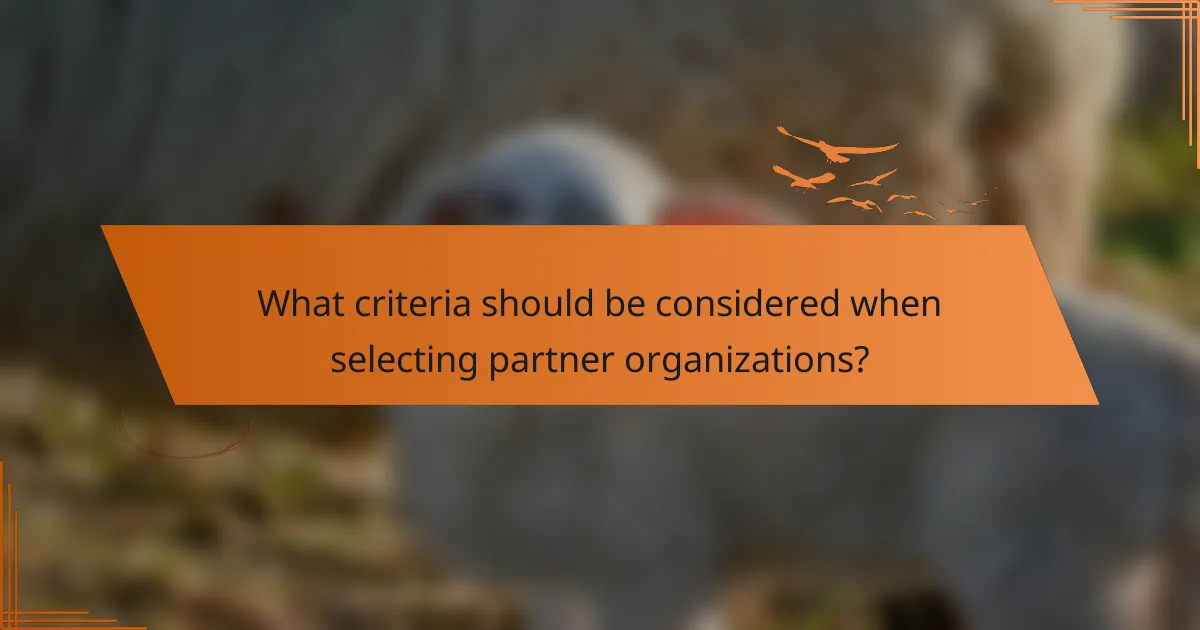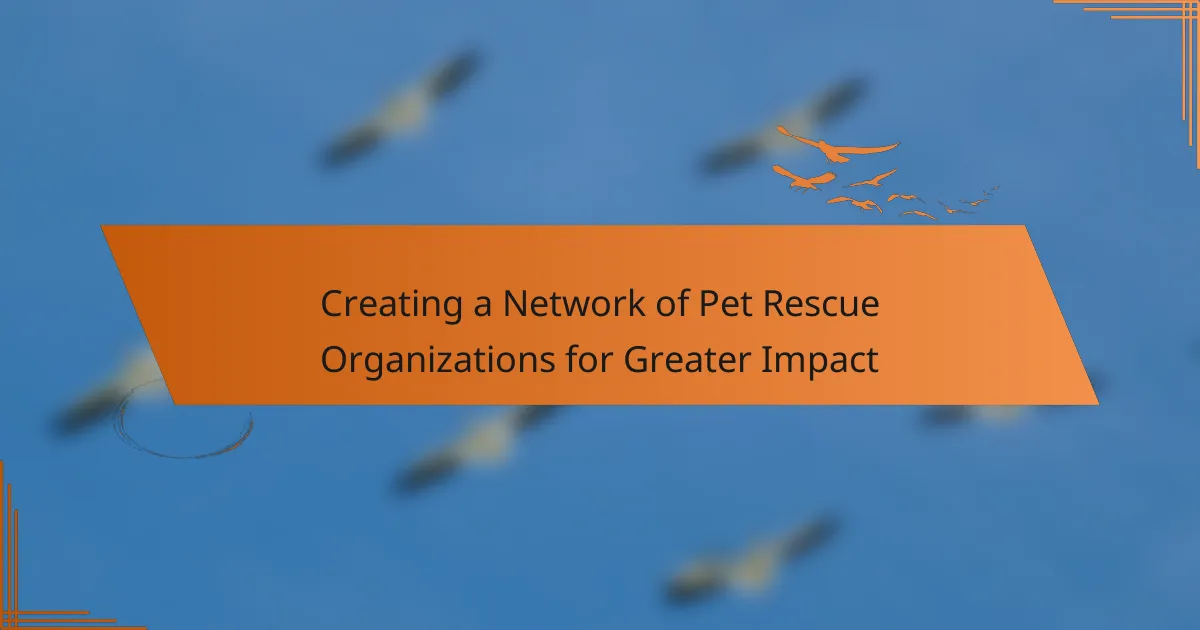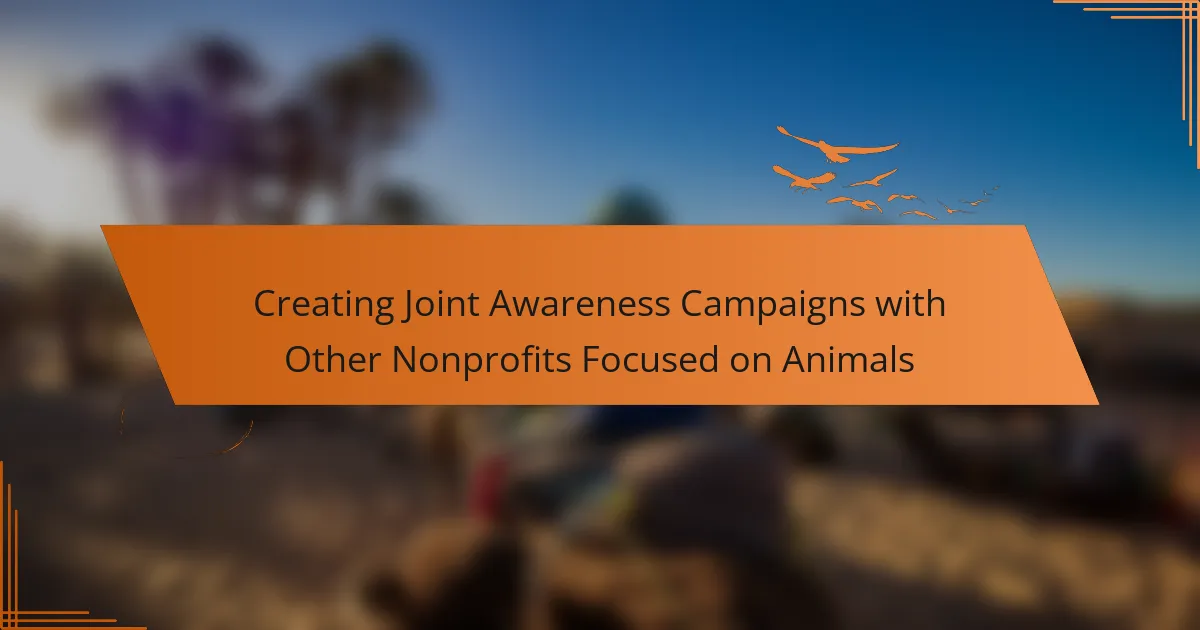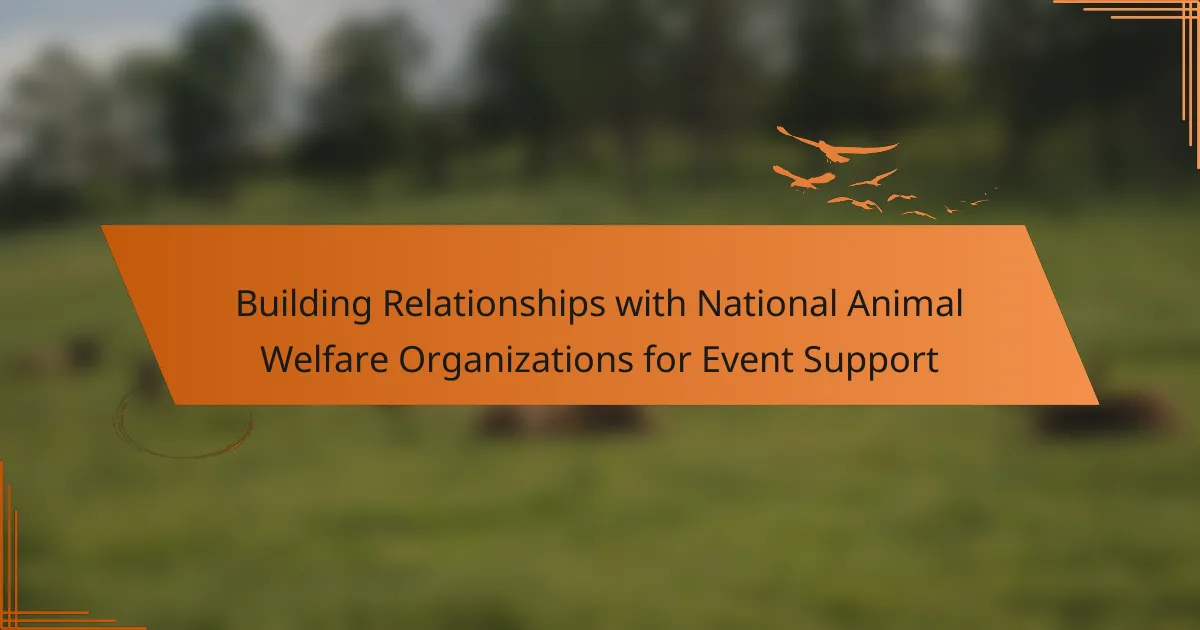Creating a network of pet rescue organizations can significantly enhance their collective impact on animal welfare. By collaborating and sharing resources, these organizations can improve their effectiveness and reach, ultimately leading to better outcomes for pets in need. Utilizing specialized tools for communication and coordination further streamlines their efforts, fostering a more efficient approach to rescue and adoption.

How can pet rescue organizations collaborate for greater impact?
Pet rescue organizations can collaborate by pooling resources, sharing knowledge, and coordinating efforts to enhance their overall effectiveness. By working together, these organizations can maximize their reach and improve outcomes for animals in need.
Shared resources and funding
Collaborating organizations can share resources such as facilities, veterinary services, and transportation, which reduces costs and increases efficiency. For example, two or more rescues might jointly rent a space for housing animals, splitting the expenses while benefiting from a larger operation.
Additionally, combining funding efforts can lead to larger grants or donations. Organizations can apply for joint funding opportunities, which may be more appealing to donors looking to support collaborative initiatives.
Joint adoption events
Hosting joint adoption events allows multiple organizations to showcase their animals in one location, attracting more potential adopters. These events can be held at community centers, parks, or pet stores, providing a larger platform for visibility.
To maximize impact, organizations should coordinate marketing efforts, sharing promotional materials and social media campaigns. This unified approach can significantly increase attendance and adoption rates.
Coordinated rescue efforts
Coordinated rescue efforts involve organizations working together to respond to emergencies, such as natural disasters or large-scale animal hoarding cases. By forming a network, rescues can quickly mobilize resources and volunteers to assist in urgent situations.
Establishing clear communication channels is essential for effective coordination. Regular meetings and shared contact lists can help ensure that all parties are informed and ready to act when needed.
Information sharing platforms
Creating information sharing platforms, such as shared databases or online forums, allows organizations to exchange best practices, available resources, and success stories. This collaboration fosters a culture of learning and improvement among rescues.
Additionally, organizations can use these platforms to track animal adoptions and health records, ensuring that all involved parties have access to crucial information. This transparency can enhance trust and cooperation among different rescues.

What are the benefits of forming a network of pet rescue organizations?
Forming a network of pet rescue organizations offers numerous advantages, including improved collaboration and resource sharing. By working together, these organizations can amplify their impact on animal welfare and community outreach.
Increased visibility and outreach
A network of pet rescue organizations can significantly enhance visibility and outreach efforts. By pooling resources, organizations can launch joint marketing campaigns, participate in community events, and share success stories that resonate with the public.
Collaborative efforts can lead to greater media coverage, attracting more attention to the cause. For example, a combined presence at local fairs or adoption events can draw larger crowds, increasing the chances of finding homes for more animals.
Enhanced fundraising opportunities
Networking allows pet rescue organizations to tap into larger fundraising opportunities. By collaborating on grant applications or hosting joint fundraising events, they can access more substantial financial support than they might individually.
For instance, a shared online crowdfunding campaign can reach a wider audience, potentially increasing donations. Organizations can also benefit from shared donor databases, allowing them to connect with supporters who are passionate about animal welfare.
Improved animal welfare standards
When pet rescue organizations form a network, they can establish and promote higher animal welfare standards. By sharing best practices and resources, they can ensure that all members adhere to consistent care protocols, improving the overall treatment of animals.
Additionally, networks can facilitate training programs for volunteers and staff, ensuring everyone is equipped with the knowledge to provide the best care possible. This collective approach can lead to better health outcomes for rescued animals and enhance the reputation of the organizations involved.

What tools can facilitate collaboration among pet rescue organizations?
Collaboration among pet rescue organizations can be greatly enhanced by utilizing specific tools designed for communication, document sharing, and adoption listings. These tools streamline processes, improve efficiency, and ultimately lead to better outcomes for pets in need.
Petfinder for adoption listings
Petfinder is a widely used platform that allows rescue organizations to create and manage adoption listings for pets. By utilizing this tool, organizations can reach a larger audience, increasing the chances of finding homes for their animals.
When using Petfinder, ensure that your listings are detailed and include high-quality photos. Regularly updating the information about available pets can help maintain interest and engagement from potential adopters.
Slack for communication
Slack is an effective communication tool that facilitates real-time messaging and collaboration among pet rescue organizations. It allows teams to create channels for specific topics, making it easier to share updates, coordinate events, and discuss challenges.
To maximize Slack’s potential, establish clear guidelines for communication and encourage team members to use threads for organized discussions. This helps keep conversations focused and reduces information overload.
Google Drive for document sharing
Google Drive provides a cloud-based solution for sharing documents, spreadsheets, and presentations among pet rescue organizations. This tool allows multiple users to collaborate on files in real-time, ensuring everyone has access to the most current information.
When using Google Drive, organize your folders clearly and set appropriate sharing permissions to protect sensitive information. Regularly back up important documents and encourage all team members to contribute to shared resources, enhancing collaboration and efficiency.

What criteria should be considered when selecting partner organizations?
When selecting partner organizations for a pet rescue network, it is essential to consider mission alignment, geographic coverage, and the reputation and track record of each organization. These criteria ensure that partnerships are effective and contribute to a unified effort in animal welfare.
Mission alignment
Mission alignment refers to the compatibility of goals and values between your organization and potential partners. Look for organizations that prioritize similar objectives, such as rescue, rehabilitation, and adoption of pets. This shared vision fosters collaboration and enhances the overall impact of your network.
To assess mission alignment, review each organization’s mission statement and strategic goals. A strong partnership is more likely when both organizations are committed to similar philosophies regarding animal care and community engagement.
Geographic coverage
Geographic coverage is crucial for maximizing the reach and effectiveness of your pet rescue network. Consider the areas each organization serves and how they complement one another. A diverse geographic footprint can help address regional needs and ensure that resources are allocated where they are most needed.
Evaluate the demographics and pet population in each area to identify gaps in coverage. For instance, if one organization operates in urban settings while another focuses on rural regions, this can create a more comprehensive network that addresses the unique challenges faced by different communities.
Reputation and track record
The reputation and track record of partner organizations play a vital role in building trust within the network and with the community. Research each organization’s history, including their success rates in rescuing and rehoming pets, as well as any awards or recognitions they may have received.
Consider reaching out to other organizations or community members for feedback on potential partners. A strong reputation often indicates reliability and a commitment to ethical practices, which are essential for fostering a successful collaborative environment.

How can technology enhance the effectiveness of pet rescue networks?
Technology can significantly improve the effectiveness of pet rescue networks by streamlining operations, enhancing communication, and expanding outreach. By leveraging various digital tools, organizations can better manage resources, connect with volunteers, and promote adoptable pets to a wider audience.
Data management systems
Data management systems are essential for tracking animals, volunteers, and donations within pet rescue networks. These systems can help organizations maintain accurate records, streamline communication, and analyze trends to improve decision-making. For example, a centralized database can track the status of each animal, ensuring timely updates for potential adopters.
When selecting a data management system, consider user-friendliness, scalability, and integration capabilities with other tools. Look for software that allows easy access to information for all stakeholders, from volunteers to donors, to enhance collaboration and transparency.
Social media marketing
Social media marketing is a powerful tool for pet rescue organizations to raise awareness and attract potential adopters. By creating engaging content, such as success stories and photos of adoptable pets, organizations can foster a community of supporters and increase visibility. Platforms like Facebook, Instagram, and Twitter can be used to share updates and promote events.
To maximize impact, develop a content calendar that includes regular posts, interactive campaigns, and targeted ads. Engaging with followers through comments and messages can also strengthen relationships and encourage sharing, further expanding reach.
Mobile apps for volunteers
Mobile apps designed for volunteers can enhance coordination and communication within pet rescue networks. These apps can facilitate scheduling, task management, and real-time updates, making it easier for volunteers to stay informed and engaged. For instance, an app could notify volunteers of urgent needs, such as fostering or transportation requests.
When implementing a mobile app, ensure it is intuitive and accessible for all volunteers. Providing training sessions and ongoing support can help maximize adoption and usage, ultimately leading to a more efficient and responsive rescue operation.

What are some successful examples of pet rescue networks?
Successful pet rescue networks often involve collaboration among various organizations, fostering a more significant impact on animal welfare. These networks streamline resources, share knowledge, and increase adoption rates through combined efforts.
Best Friends Animal Society
Best Friends Animal Society is a prominent example of a successful pet rescue network in the United States. It operates a no-kill sanctuary in Utah and collaborates with hundreds of rescue groups nationwide to reduce the number of animals entering shelters. Their initiatives include community outreach, education, and a robust adoption program.
PetSmart Charities
PetSmart Charities partners with local shelters and rescue organizations to facilitate pet adoptions and provide funding for spay/neuter programs. They host adoption events in PetSmart stores across North America, making it easier for potential pet owners to meet adoptable animals. This collaboration has led to millions of successful adoptions.
Animal Rescue League of Boston
The Animal Rescue League of Boston exemplifies a regional network that combines rescue, rehabilitation, and education. They work closely with other organizations and community members to rescue animals in need, provide veterinary care, and promote responsible pet ownership. Their comprehensive approach helps address the root causes of animal homelessness.
Local Rescue Networks
Many cities and regions have developed local rescue networks that connect various shelters and rescue groups. These networks often share resources, such as veterinary services and foster homes, to maximize their impact. For instance, a network in a metropolitan area might coordinate transport for animals between shelters to ensure they reach homes more quickly.



